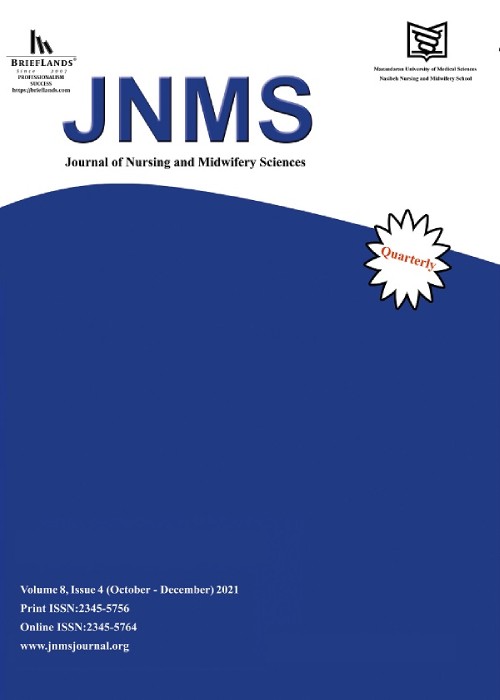Relationship between the filter type and blood flow rate and, dialysis adequacy in hemodialysis patients
Context:
One of the main factors associated with the death of chronic renal failure patients is dialysis adequacy.
The present study aimed to investigate the relationship between filter type and blood flow rate with dialysis adequacy in hemodialysis patients referring to educational hospitals of Mazandaran University of Medical Sciences in 2016. Setting and Design: This correlational study was performed in 2016 in educational hospitals of Mazandaran University of Medical Sciences.
This study was performed on 185 hemodialysis patients. Sampling was done using simple random sampling. The inclusion criteria included at least 6 months of hemodialysis history and two sessions of dialysis per week. Demographic data, as well as information on the filter type and blood flow rate, were collected using a questionnaire. Dialysis adequacy is generally measurable by two methods of urea reduction ratio(URR) and K or urea clearance, T or time of dialysis, and V, or volume of urea distribution in the body (KT/V) (K or urea clearance). Statistical Analysis Used: Data were described with mean, standard deviation, and frequency and analyzed using Chi-square and Fisher’s exact tests.
Out of a total of 185 patients, 101 patients were male and 84 were female, with a mean age of 57.2 ± 0.7 years. The dialysis adequacy in high-flux and low-flux filters was, respectively, 79% and 1.5% based on the KT/V index and 70.6% and 0% according to the URR index. A statistically significant relationship was found between the filter type and blood flow rate with both KT/V and URR criteria (P < 0.001).
It is recommended to use high-flux filters with high blood flow rate to improve dialysis adequacy in patients with hemodialysis. However, other factors affecting dialysis adequacy should be considered.
- حق عضویت دریافتی صرف حمایت از نشریات عضو و نگهداری، تکمیل و توسعه مگیران میشود.
- پرداخت حق اشتراک و دانلود مقالات اجازه بازنشر آن در سایر رسانههای چاپی و دیجیتال را به کاربر نمیدهد.


